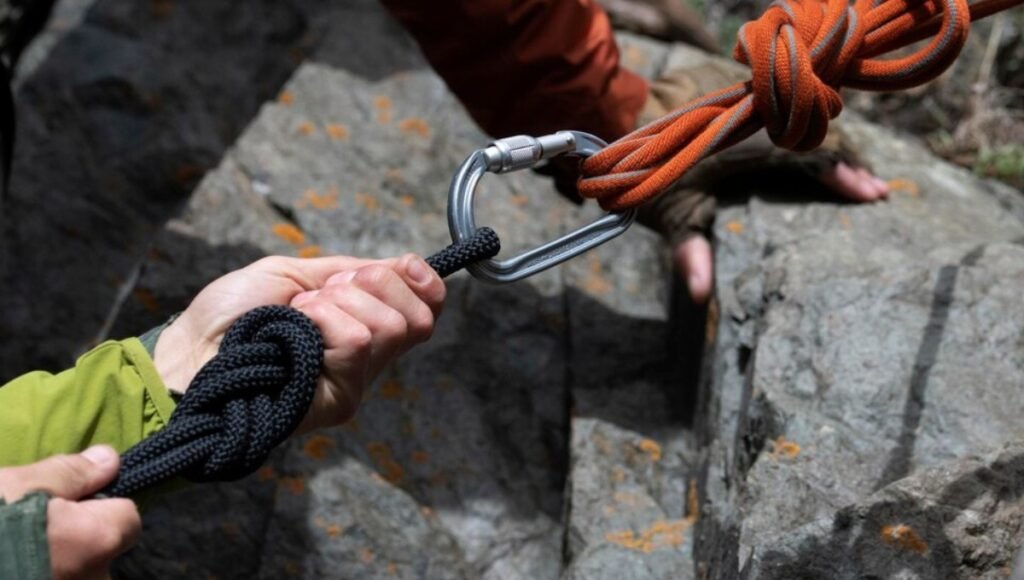Understanding Ropes and Their Types
Ropes are essential tools used in various applications, ranging from outdoor activities to industrial uses. Made from different materials, such as natural fibers and synthetic substances, ropes come in numerous types, each designed for specific functions. For example, nylon ropes are renowned for their strength and durability, making them ideal for climbing and sailing. Meanwhile, cotton ropes are softer and more flexible, often used for decorative purposes or in crafts. Understanding the different types of ropes available is crucial for selecting the right one for your needs, whether it’s for safety, construction, or recreation.
Common Uses of Ropes
Ropes serve countless purposes in daily life and various industries. In recreational activities, ropes are integral to climbing, sailing, and camping. They provide safety and support, ensuring participants can enjoy their adventures securely. In construction, ropes are vital for lifting and securing materials, enhancing safety and efficiency on job sites. Moreover, in agriculture, ropes are used for tying crops, fencing, and managing livestock. Their versatility makes them indispensable tools, and their appropriate usage can significantly impact the success of a project or activity.
Choosing the Right Rope for Your Needs
When selecting a rope, several factors come into play, including material, thickness, and intended use. For instance, if you need a rope for climbing, opt for a dynamic rope that can stretch and absorb impact. If your project requires heavy lifting, consider a braided or twisted rope made from synthetic fibers for maximum strength. Additionally, think about the environment where the rope will be used. Some ropes are resistant to water, UV rays, and abrasion, making them suitable for outdoor applications. Understanding these aspects will help you choose the right rope for your specific requirements.
Maintenance and Care for Ropes
Proper maintenance and care of ropes are essential to prolong their lifespan and ensure safety during use. After each use, inspect the rope for signs of wear and tear, such as fraying or abrasions. Ropes should be cleaned regularly to remove dirt and debris, especially if used in harsh conditions. For synthetic ropes, hand washing with mild soap and water is usually sufficient. It’s crucial to store ropes in a cool, dry place, away from direct sunlight to prevent degradation. By taking these maintenance steps, you can ensure your ropes remain safe and effective for years to come.
Innovations in Rope Technology
Recent advancements in rope technology have led to the development of lighter, stronger, and more durable ropes. Innovations such as high-tenacity fibers and improved manufacturing processes have revolutionized the industry. For instance, some modern ropes are now made from materials like Dyneema, known for its exceptional strength-to-weight ratio, making them ideal for high-performance applications. Furthermore, advancements in manufacturing techniques have allowed for the production of ropes with enhanced resistance to environmental factors, ensuring they can withstand extreme conditions. Staying informed about these innovations can help users select the best ropes for their specific applications.
Conclusion
Ropes are versatile tools that play a significant role in various aspects of life, from recreation to industry. Understanding the different types of ropes, their uses, and how to maintain them can help individuals make informed decisions about their purchases. With ongoing innovations in rope technology, users can look forward to even better options that enhance performance and safety. Whether you’re an outdoor enthusiast, a construction worker, or simply looking for a reliable rope for your home, knowing your ropes will ensure you get the best results from your investments.
FAQs
1. What materials are commonly used to make ropes?
Common materials include natural fibers like cotton and hemp, as well as synthetic materials like nylon, polyester, and polypropylene.
2. How do I know which rope is best for my needs?
Consider the rope’s intended use, strength requirements, and environmental factors such as exposure to moisture or sunlight.
3. Can I wash my ropes?
Yes, ropes can be washed. For synthetic ropes, use mild soap and water; for natural fibers, follow specific care instructions to avoid damage.
4. How often should I replace my ropes?
Inspect ropes regularly for signs of wear. Replace them if you notice fraying, cuts, or reduced performance to ensure safety.


